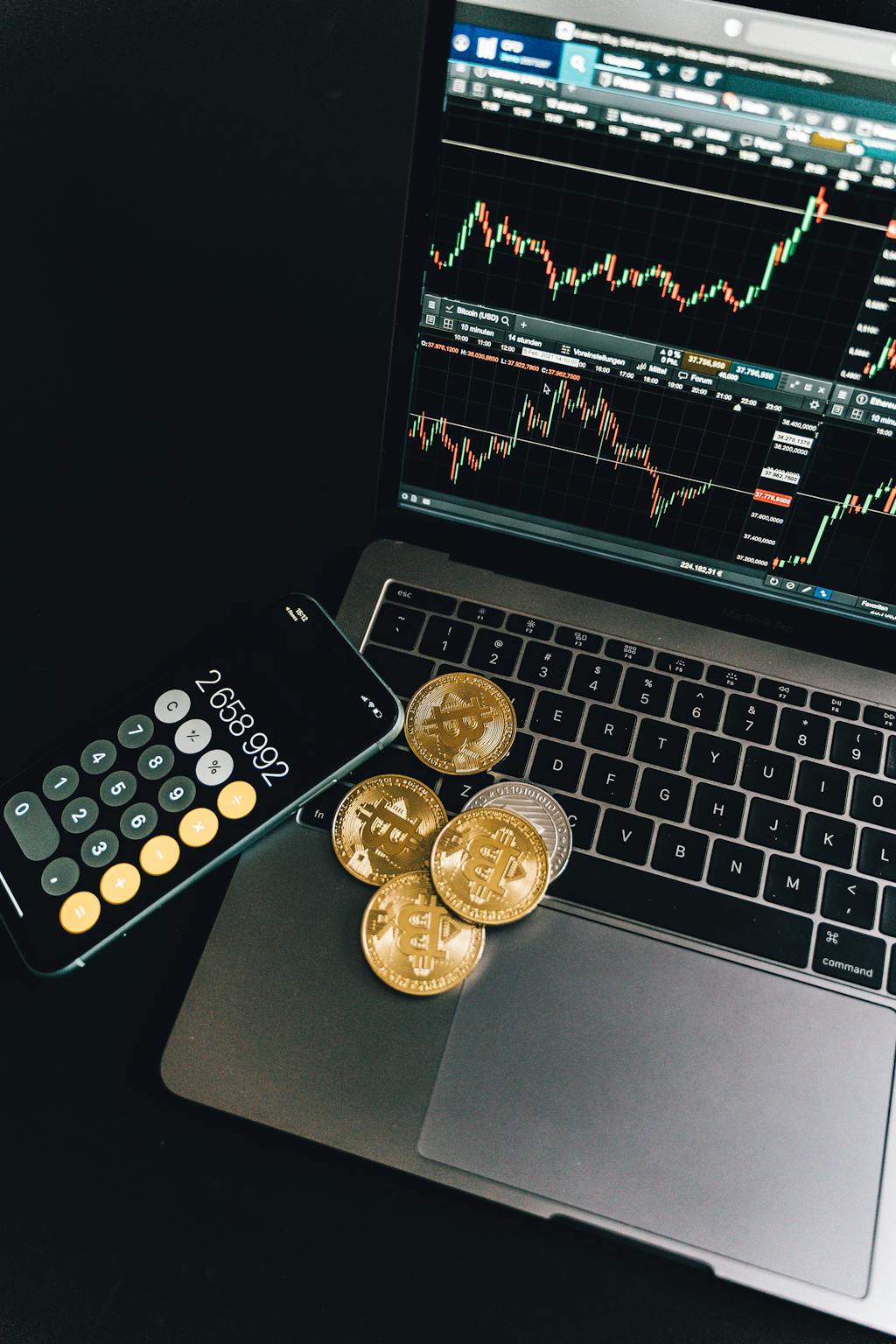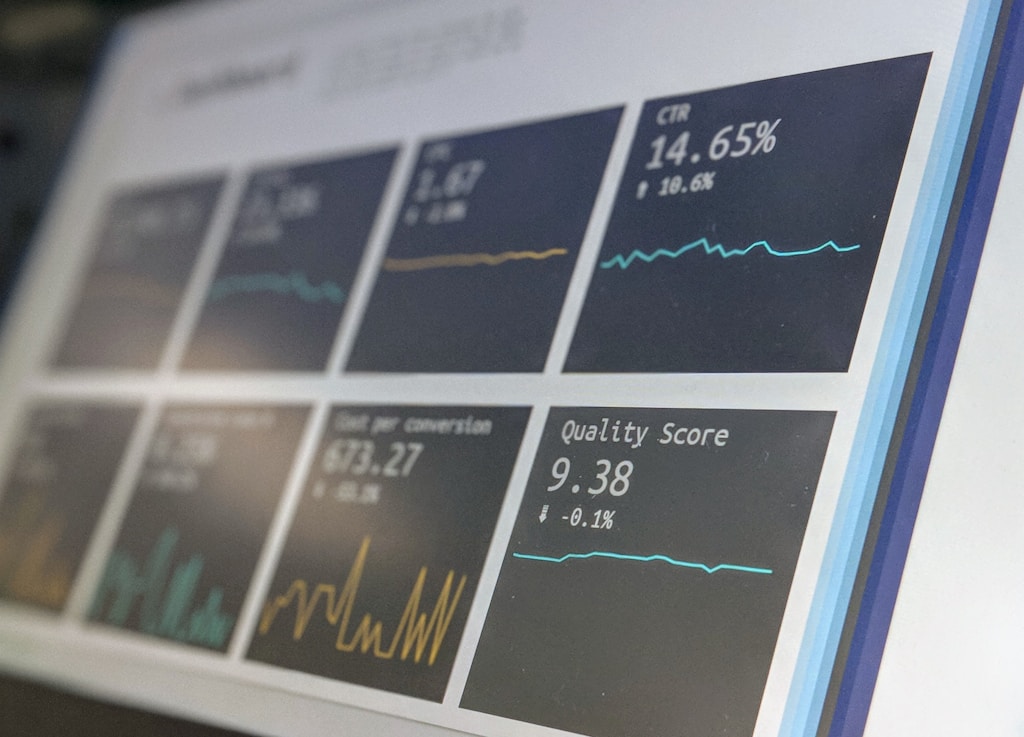Asset manager 21Shares has taken another significant step toward launching a spot Dogecoin ETF, filing an amended S-1 form with the SEC. This development, coming just weeks after the initial acknowledgment, signals increasing momentum in the race to launch the first Dogecoin ETF. Recent analysis suggests potential DOGE price targets of $0.70, making this ETF development particularly significant for investors.
Key Updates in 21Shares’ Dogecoin ETF Amendment
The amended filing, submitted to the SEC, represents a crucial advancement in 21Shares’ bid to offer institutional investors direct exposure to the leading meme cryptocurrency. The original S-1 form was filed on April 9, with Nasdaq subsequently submitting the required 19b-4 form to facilitate listing and trading of the ETF shares.
Market Impact and Expert Analysis
Bloomberg analyst Eric Balchunas has highlighted the significance of this amendment, noting that such revisions typically follow direct SEC feedback. This communication channel between 21Shares and the SEC suggests positive momentum toward potential approval.
Timeline and Approval Prospects
The current regulatory landscape shows multiple Dogecoin ETF applications under review:
- Grayscale’s application: Next decision deadline – August 19
- Bitwise’s application: Next deadline – June 15
- 21Shares’ application: Timeline pending
Market Sentiment and Price Analysis
Current market indicators show:
- 69% probability of SEC approval by December 31, 2025 (Polymarket data)
- 80% chance of approval this year (Bloomberg analysis)
- Current DOGE price: $0.20 (9% decline in 24 hours)
Frequently Asked Questions
When could the first Dogecoin ETF be approved?
Analysts predict potential approval in Q4 2025, with most experts pointing to October-December as the likely timeframe.
What makes a Dogecoin ETF approval likely?
Key factors include DOGE’s commodity classification and the existence of a regulated futures market, similar to factors that influenced Bitcoin ETF approvals.
How might a Dogecoin ETF affect DOGE price?
Historical patterns suggest spot ETF approvals can significantly impact asset prices through increased institutional access and investment flows.


